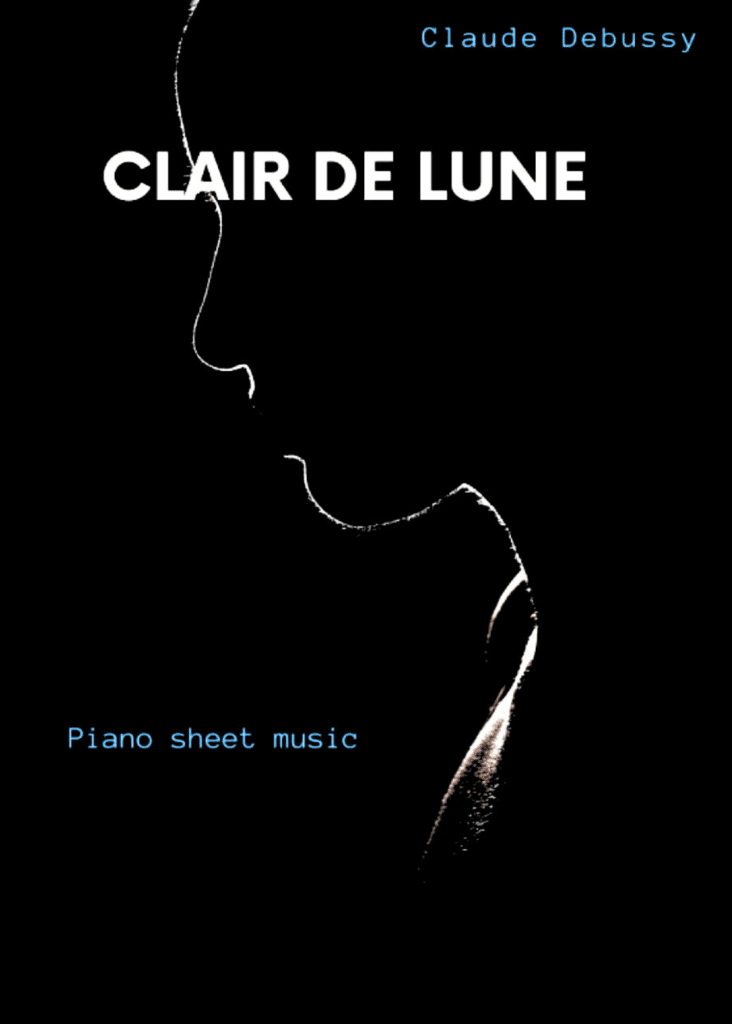RELAXING MUSIC
Introduction
Relaxing music holds a special place in the realm of sound, offering a tranquil sanctuary amidst the chaos and clamor of everyday life. It possesses a unique power to weave a tapestry of serenity through its harmonious melodies, delicate rhythms, and evocative compositions. This genre of music transcends mere auditory pleasure; it acts as a therapeutic balm for the mind, body, and soul.

The gentle strains of a piano, the soothing hum of a flute, or the soft plucking of a harp can instantly create a serene atmosphere, inviting listeners to embark on a journey of introspection and relaxation. These calming sounds have the remarkable ability to slow down our racing thoughts, alleviate stress, and cultivate a sense of inner peace. The subtle nuances and intricate layers of relaxing music captivate our senses, transporting us to a tranquil realm where time seems to stand still.
Beyond its immediate calming effects, relaxing music has been scientifically proven to have numerous health benefits. It can lower heart rate, reduce blood pressure, and alleviate symptoms of anxiety and depression. Moreover, it enhances our cognitive functions, improves concentration, and fosters creativity. Whether you are meditating, practicing yoga, or simply unwinding after a long day, the soothing melodies of relaxing music can enhance your experience, creating a harmonious balance between mind, body, and spirit.

The beauty of relaxing music lies in its universality; it transcends cultural boundaries and resonates with people from all walks of life. Its timeless appeal has been cherished by ancient civilizations and continues to captivate modern audiences alike. Whether it’s the minimalist compositions of Erik Satie, the ambient sounds of Brian Eno, or the meditative tunes of traditional Indian ragas, there is a vast array of relaxing music to suit every taste and preference.
In conclusion, relaxing music is not merely a form of entertainment but a powerful tool for healing, relaxation, and self-discovery. Its enchanting melodies and therapeutic qualities offer a sanctuary of calm in a chaotic world, allowing us to reconnect with our inner selves and find solace amidst the cacophony of modern life. So, the next time you find yourself in need of a moment of peace and tranquility, immerse yourself in the soothing sounds of relaxing music and let it guide you to a place of serenity and harmony.
“Clair de Lune” by Claude Debussy
- Description: “Clair de Lune,” French for “Moonlight,” is a renowned piano piece composed by Claude Debussy. Its gentle arpeggios and delicate melodies evoke a sense of tranquility and serenity, resembling moonlight reflecting on a calm, peaceful night.

“Spiegel im Spiegel” by Arvo Pärt
- Description: “Spiegel im Spiegel,” German for “Mirror in the Mirror,” is a minimalist composition by Estonian composer Arvo Pärt. Its repetitive patterns and simple harmonies create a sense of timelessness and calm, inviting listeners into a state of meditation and reflection.
“Weightless” by Marconi Union

- Description: “Weightless” is an ambient track by British band Marconi Union, designed in collaboration with sound therapists to induce relaxation and reduce stress. Its soothing textures and gentle rhythms create a sense of weightlessness and calm, allowing listeners to let go of tension and anxiety.
“Gymnopédie No. 1” by Erik Satie
- Description: “Gymnopédie No. 1” is a tranquil piano piece composed by French composer Erik Satie in the late 19th century. Its gentle melodies and sparse harmonies create a sense of calm and introspection, inviting listeners to relax and unwind.
“Meditation from Thaïs” by Jules Massenet
- Description: The “Meditation” is a famous instrumental interlude from the opera “Thaïs” by French composer Jules Massenet. Featuring a lyrical violin melody accompanied by lush orchestration, it exudes a sense of tranquility and contemplation.
- READ MORE NEW COMEDY MOVIES










